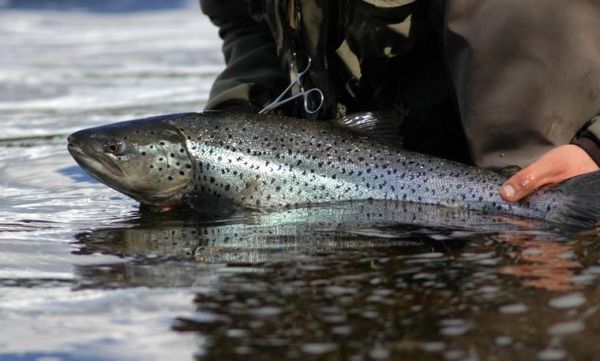Collaborate research of the University of Jyväskylä and the Natural Resources Institute Finland on salmonid fishes, sheds light on animal defence mechanisms and their interactions. The research demonstrates that populations with a strong physiological resistance show little behavioural avoidance and damage repair, and vice versa. The results can have important practical implications for stocking activities of endangered salmonids. The study was published in Proceedings of the Royal Society B in April 2020.
Animals can use a set of different defence mechanisms to combat infections. There are three main routes of defence that can be jointly used: behaviours that reduce exposure (such as the currently practised social distancing in humans), physiological resistance (immune system) that attacks the pathogen, and mechanisms that repair tissue damages of infection (tolerance).
“We studied populations of Atlantic salmon and sea trout from different rivers in Finland and found that those with a strong physiological resistance against an eye parasite, showed little behavioural avoidance and damage repair, and vice versa. This suggests that each defence type comes with costs for the host and that fish have to balance between these defence mechanisms” says researcher Ines Klemme from the University of Jyväskylä.
Read more at Jyväskylä University
Image Credit: Pekka Hyvärinen, Natural Resources Institute Finland


